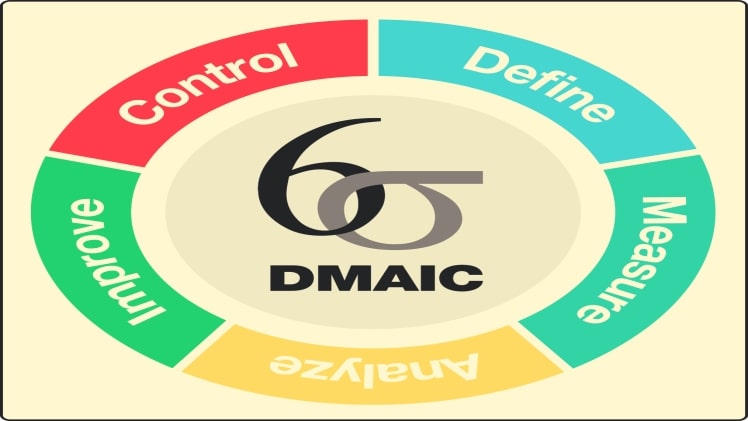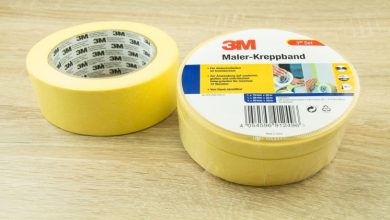Indispensable Lean and Six Sigma tools and techniques

Six Sigma is a project management technique that uses various types of processes and methods that helps in detecting defects and eliminating them so that the quality of the end result can be protected correctly and maintained over the period. Popular companies like Amazon, etc., have long undertaken Six Sigma quality management. Lean Six Sigma is a method that deals with the elimination of waste. The levels of certifications for Six Sigma courses are Master Black Belt, Yellow Belt, Lean Six Sigma Black Belt certification, Green Belt, etc.
The various tools in Lean and Six Sigma are as follows:-
- Affinity diagram: – this is also referred to as the KI method, where ideas from various people directly or indirectly related to the project are taken into consideration. Then the ideas are sorted out, an amalgamation of suitable ones is done and put into the effort.
- Failure mode and effect analysis: – It is also known as the FMEA. The employees take care to recognize the areas that are prone to derail and the effect they may have on the production chain.
- Process mapping of flow charts: – flow charts of the important process that take place in a project are graphically represented to guide the newcomers.
- Value-added flow analysis: – It represents all the methods that are important to the customer in the form of the end result.
- Value stream mapping: – The processes or steps that need to be undertaken in a production chain are mapped together that constitute the value stream mapping.
- Waste elimination: – The seven types of wastes to be avoided at any cost are – defective products, overproduction, waiting, underutilization of resources, extra time in processing, transportation, and motion.
- Takt time: – It requires small time intervals to be allotted to subprocesses so that the main process is completed on time.
- Prioritization matrix: – using the project priority calculator, projects are arranged hierarchically for easy attention to the needy.
- The 5 Ss: – These are the 5 Japanese terms: – Seiri, Seiton, Seiso, Seiketsu, Shitsuke that mean sort, arrange, clean, improve, and self – discipline, respectively.
- PDSA: – It is an upgraded version of DMAIC. It stands for Plan, Does, Study, and Act.
- Histogram: – It is the graphical representation of data that includes several ranges with the help of frequency distribution.
- Pareto chart: – Hierarchy of problems is listed, and the topmost is analyzed.
- Trend chart: – Basing on the past and present activities, it delineates the future of a process.
- Why: – The best way to find a solution is always to ask yourself.
- Ishikawa diagram: – It helps in knowing the important root causes that have or may have an impact on the end results.
- Regression analysis: – It establishes a correlation between two components of a chain, i.e., supply and product chain, and helps in analyzing the efficiency of the chain.
- A3:-here all the information about a project is put on an A3 paper so that it’s easier to mark out the faults.
- Kaizen: – This is the tool that requires people at grass root levels to take improvement seriously as atoms of work aggregate to form a better product by Sprintzeal.
- Hoshi kanri: – It guides an employee to always be headed towards the long term goal and not derail owing to short term visions.
- Kanban pull system: – It’s a signal system to manage inventory level. Kanban boards can be displayed and managed to see the current inventory level while the production is going on. It also alerts the management to bring attention to excessive inventory. Excessive inventory ties up the working capital and blocks it from productive usage.
- Poke Yoke: It is an electronic device used to detect and alarm the officials and technician about a defect that might have occurred.
- Heizunka box concept: – It’s the concept of Line Balancing. The aim is to evenly distribute the load by attaining balance among the production lines.
- SMED (Single minute exchange of dies): It improves equipment changeover time. It works on the principle of reducing changeover time to within ten minutes.
- Statistical Process Control: – These use methods and calculations via formulas in statistics for decreasing waste.
- Standardized work: – This helps the employee to denote and stick to the best, shortest, and easiest way of accomplishing a task.
These are taught with great care incredible training materials like Lean Six Sigma Black Belt training, etc. With these principles undertaken and put to work at successful companies by certified professionals, the cost of production is minimized to around 80 – 85% of the original. Such a great reduction in the cost of production will help achieve better targets in lesser time, customer satisfaction, better team management, and efficiency. Thus Lean Six Sigma has become the most popular profit maximization and loss reduction tool in the modern era.




